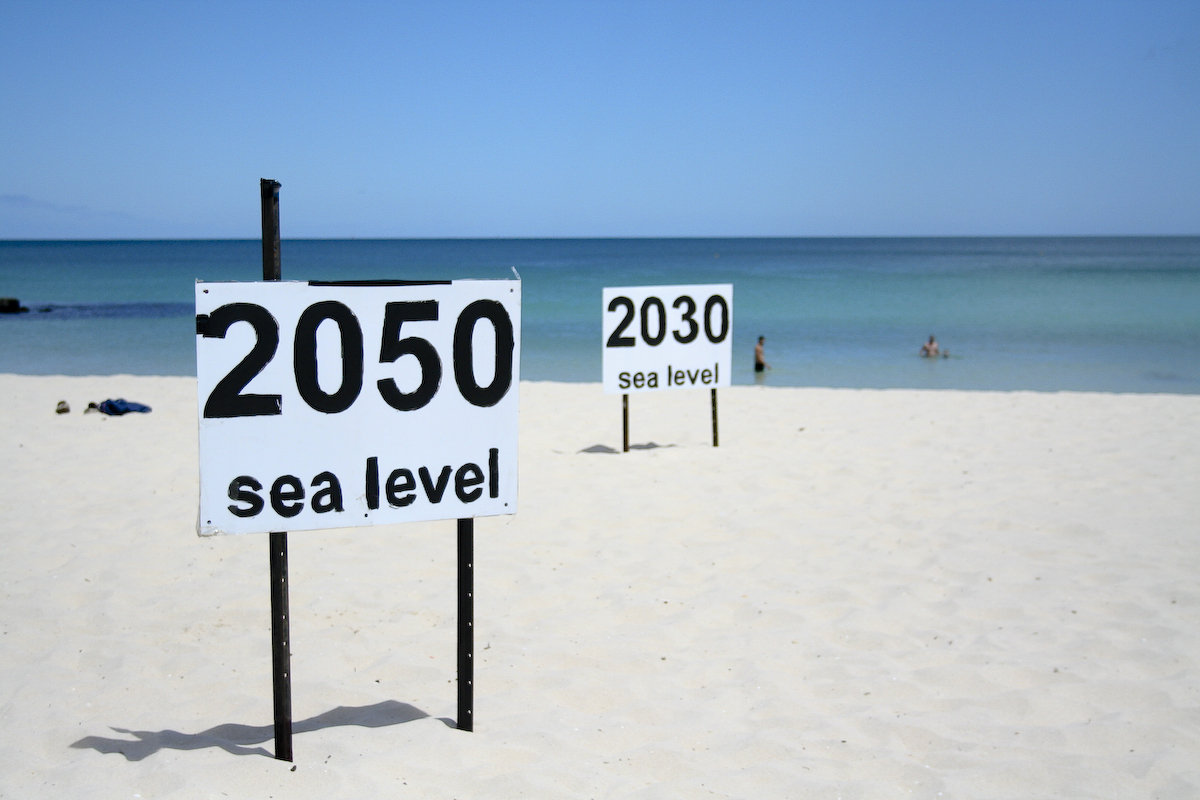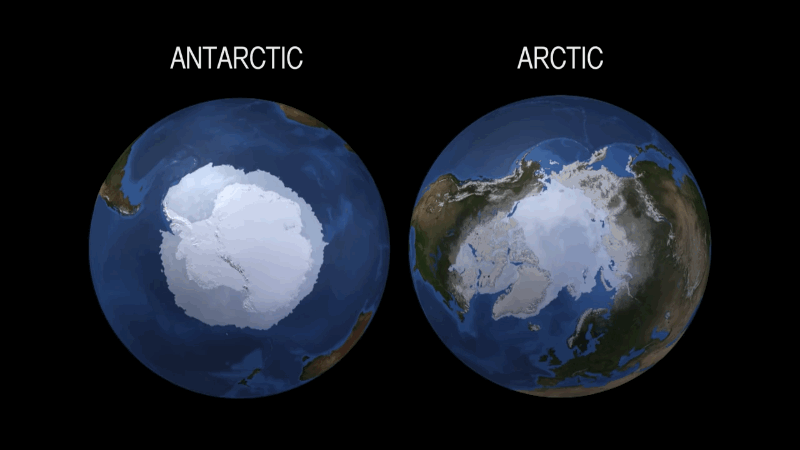NASA: Scientists underestimate the rate of rise in the water level of the oceans

Approximately 71% of the surface of our planet is covered with water, so the assessment of changes in sea level is one of the most important tasks that allow scientists to predict further climate change on Earth and the living conditions of people living in different regions of the planet. Until today, scientists believed that they knew the dynamics of changes in sea level. This is a 1.6 cm rise in sea level per decade since 1900. In any case, such data are provided by the National Oceanic and Atmospheric Administration (NOAA). The main cause of rising sea levels is global warming.
The results of a new study, published in October in Geophysical Research Letters , indicate that scientists underestimated this value. In some regions, sea level rise is faster than the generally accepted figure by about 5-28%. The global sea level, according to the authors of the study, has grown by no less than 14 centimeters in the past hundred years, and in some regions - by all 17 centimeters.
The reason for this underestimation was revealed by scientists from NASA's Jet Propulsion Laboratory and the University of Hawaii at Manoa . Comparing the parameters of the current climate model with measurements of sea level in previous years, the team of climatologists found that the readings of the coastal tidal sensors may not be as indicative as it was thought, and such data cannot be used as a reference. Sensors, located in many places in the Northern Hemisphere, are the primary source of data for measuring global sea level over the past several decades.
')
“This is not a situation where the data is erroneous or the tools do not work correctly. For a number of reasons, sea levels do not change equally across the globe, ” says Philip Thompson, the study leader. "As it turned out, our data is collected in places where sea level rises least quickly due to global warming."
Typically, water level measuring stations are stationary. In addition to the water level, such stations can determine the weather conditions of the region, including pressure and wind speed, factors that often affect sea level measurement.
The only problem in this whole situation is the places where such stations are located. According to the study, most of the stations are located in the Northern Hemisphere, where ice cover melts faster than in the Southern Hemisphere.

As it turned out, the sea level changes more strongly than where the main factor in changes in the level of the World Ocean waters is. In fact, this level is most actively increasing in places remote from this factor. According to one source, the melting ice in the northern hemisphere of the Earth has the greatest effect on raising the water level in the "South Pacific and the Equator".
The project team also believes that it has discovered the reason why the effects of melting ice may differ from region to region. For example, changes in China may differ significantly from changes in the United States or Africa. The rate of sea level rise varies in different regions due to additional factors. It can be winds, ocean currents, gravity, tides.

The consequences of melting ice of Greenland. Brown shows regions with a record rise in sea level.
“This is very important, since it is likely that the influence of certain winds or currents may be the reason for underestimating the speed of sea level rise,” says Thompson. The scientist says that all this is not an accident, specialists need to change the speed of raising the sea level upwards. Climatologists make a variety of predictions, but most experts agree on one thing - global warming really does exist, and it is the cause of the rapid melting of ice in both hemispheres of the Earth. Professor Peter Wadhams from Cambridge, for example, claims that in this or next years the Arctic can be completely free of ice, which has not happened for the last 100 thousand years.
This year we are seeing new climate records. For example, every month of this year is the warmest in the entire history of observations. Representatives from NASA claim that ice now covers 40% less area in summer than thirty years ago. If the Antarctic ice sheet continues to thaw, the sea level rises by 3.6 meters in the future, which will simply wipe out many coastal cities.
Source: https://habr.com/ru/post/398811/
All Articles